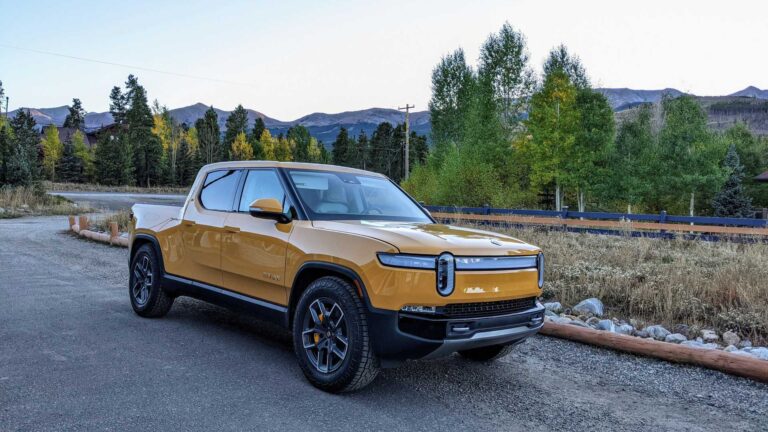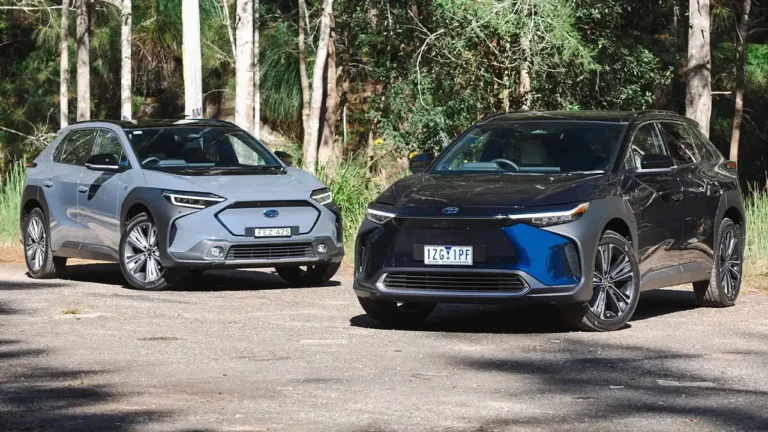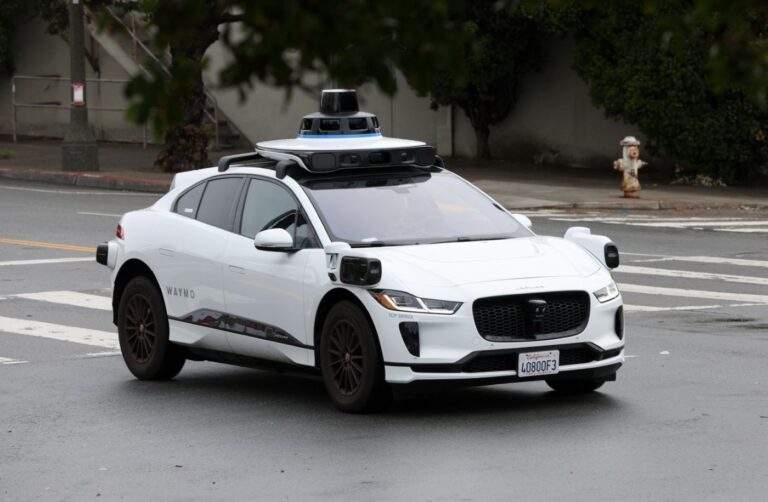Introducing the Longbows—an all-electric duo of British sports cars conceived by industry veterans whose résumés include Tesla, Polestar, Lucid, Uber, and BYD. Despite their impressive EV start-up credentials, what they truly needed was a proper sports car.
The Speedster debuts first—a roofless, windscreen-free thrill machine limited to 150 units. Weighing just 895kg, it boasts a range of 275 miles and a price tag of £84,995. It’s rear-wheel drive and sprints from 0 to 62 mph in just 3.5 seconds.
For those who prefer a bit more shelter from the elements, a hardtop variant follows closely behind. Dubbed the Roadster—though, ironically, it isn’t one—it’s a fixed-roof, two-seat coupe that weighs 100kg more than its Speedster sibling. Despite the added heft, it still achieves 0-62 mph in 3.6 seconds, offers a slightly longer 280-mile range, and comes in at a lower price of £64,995.
As for the name? It’s a subtle jab at Elon Musk’s notorious delays—but more on that later.
The Vision Behind Longbow
Longbow Motors was founded by British engineers Daniel Davy and Mark Tapscott. Frustrated by the lack of compelling electric sports cars, they decided to take matters into their own hands.
“I used to design and build Lotuses, but I saw electrification as the future,” Mark explained. “The other day, I spoke to former Lotus CEO Phil Popham and made it clear—this is the car the Chinese won’t let Lotus build.”
Daniel, meanwhile, took a more straightforward stance: “If you want to sell cars, make them affordable. No matter what people say, unless you’re Ferrari, Bugatti, or an established brand, affordability is key to moving volume. That’s something both Tesla and Lucid have proven.”

A crucial takeaway from their time in the EV industry? Don’t attempt to reinvent every component from scratch. Instead, outsource complex elements like batteries, motors, and brakes while focusing on proprietary software to tie it all together.
Their strategy follows a well-worn path in British sports car manufacturing—leaving intricate components to external suppliers, just as Caterham and Ariel have done for years. Even the Lotus Elise thrived on this approach for nearly three decades.
Daniel elaborated: “If you design the car as a software-defined vehicle, then motors, batteries, and inverters become plug-and-play. We’re not chasing a 0-60 time of 1.9 seconds, so we don’t need exotic battery chemistry. We’re using a 240-kilowatt motor—there are at least a dozen solid options we can source off the shelf. Plus, we have strong relationships with major Chinese suppliers.”
Engineering Simplicity with a Focus on Performance
At the heart of Longbow’s setup is a pack of 2170 nickel-cadmium cells powering a 240kW (322bhp) motor, with potential for a future dual-motor variant. The modular design ensures that swapping out motors, adjusting battery chemistry, or upgrading power output won’t necessitate an overhaul—mirroring how Caterham and Ariel adapted their cars to new engines over time.
To keep costs under control, Longbow forgoes an expensive carbon-fiber monocoque. Instead, it opts for an aluminum chassis clad in lightweight, sustainably sourced composite panels. Additionally, parts-bin solutions for elements like lights and mirrors help avoid unnecessary expenditures—after all, customers care more about driving dynamics than bespoke headlights.

Speaking of dynamics, Longbow keeps things refreshingly simple. There’s electronic power steering and ABS, but no artificial gear shifts or synthesized soundtracks. Daniel notes that Christopher Nolan used the whine of a Tesla Roadster for the Batpod in The Dark Knight, proving that EVs can sound menacing without fake exhaust notes.
Racing Against Time
The real challenge? Establishing a brand-new sports car company before Alpine, Lotus, and Porsche flood the market with their own electric replacements for the A110, Emira, and 718 Boxster/Cayman. Longbow aims to have a running prototype by summer, with customer deliveries starting as early as next year.
And that name? The “Longbow” reference is simple—it symbolizes the seamless connection between archer and weapon, mirroring the harmony they strive for between driver and machine. Plus, as a bonus, it’s bound to ruffle some French feathers. Perhaps a special “Agincourt Edition” is in order.
As for the Roadster, the name choice is a not-so-subtle dig at Tesla’s perpetually delayed, hype-laden Roadster MkII. “Plenty of people have deposits down for a Roadster they still can’t get,” Daniel remarked. “So, we figured we’d actually be the first electric Roadster to follow Tesla’s original.”
“If someone wants to reclaim their $250,000 deposit for a car that was supposed to arrive in 2020 and put it into something better, they’re more than welcome. Our Roadster will hit the road first.”



